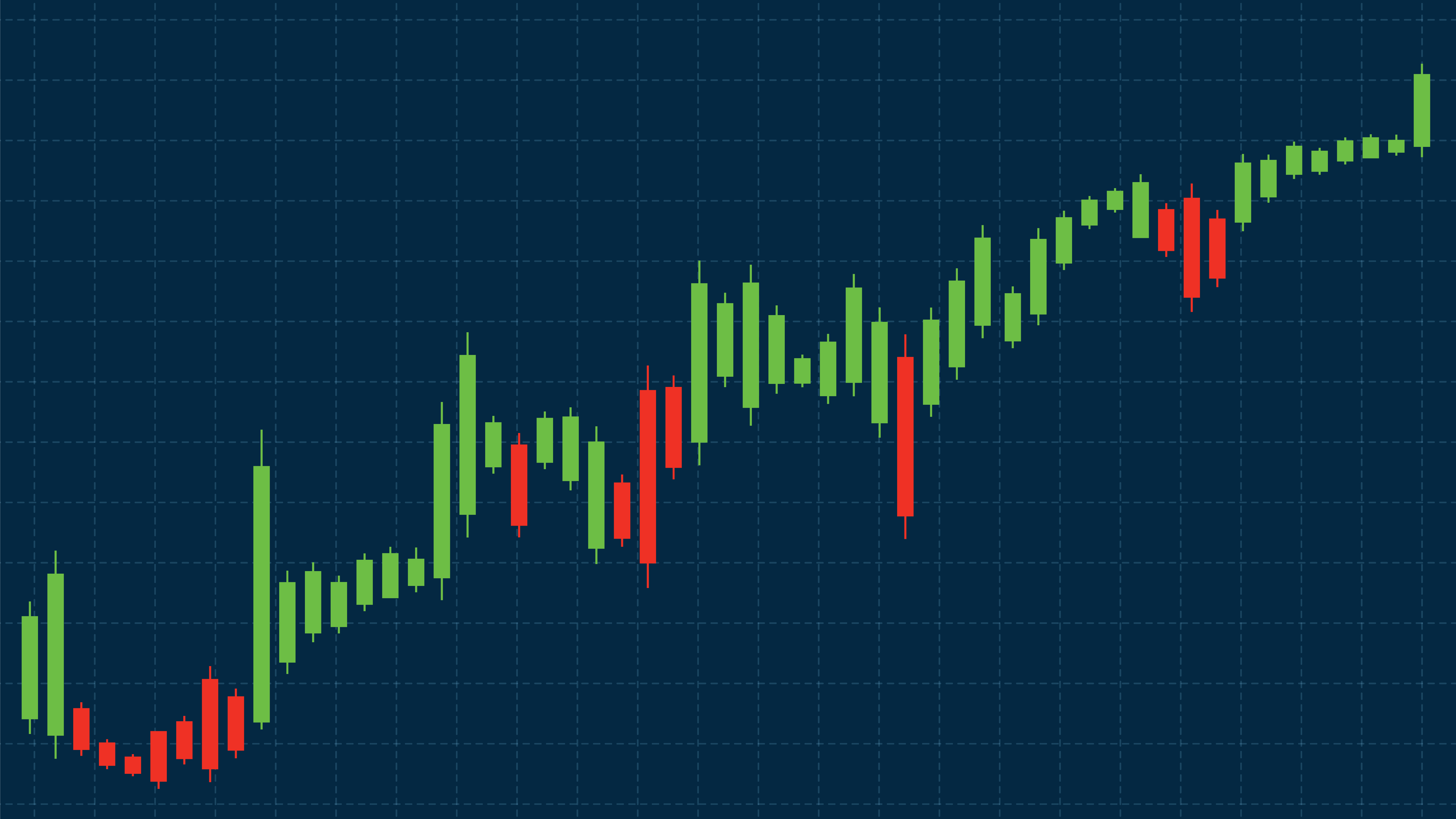On the 23rd of May 2024, the US Securities and Exchange Commission’s (SEC) the Ethereum ETF approval to the expectant public. While the market had ample time to prepare for the launch of the first set of Bitcoin ETFs, the approval of a rule change affecting their Ethereum counterparts came as somewhat of a surprise. Nevertheless, the ETFs will not be listed immediately, given that each product needs to be approved individually by the SEC. This window will give traders time to redistribute assets before the influx of interest from the traditional investment community. Although there was an almost 30% price surge upon the announcement of the approval, some experts suggest that the real impact of the ETFs has not yet been priced in. Once launched, the ETFs will be available on exchanges, including Nasdaq, NYSE Arca, and CBOE BZX.
With a delay before the ETFs become operational, there remains a short window over the coming weeks for slower traders to position themselves. So, what impact do experts expect the new ETFs will have on the crypto market? What can we expect from Ether? Let’s explore.
The SEC’s decision
Even though the SEC had already approved 11 spot Bitcoin ETFs in January, it took four months to deliberate the approval of these spot Ethereum ETFs. This delay appeared to result from differing perspectives on staking, a fundamental characteristic of the Ethereum blockchain network (explained below). The SEC deems staking as potentially constituting unregistered securities offerings, which has, in the past, led to legal action against popular crypto exchanges such as Kraken and Coinbase for offering staking services. The decision has, however, been criticized and accused of promoting a climate of regulatory uncertainty. In response, several issuers of Ethereum ETF applications removed any mention of staking from their public filings, suggesting that the SEC may be more inclined to let these products trade in the US without staking.
The differences between Bitcoin and Ethereum
Bitcoin and Ether are both the native cryptocurrencies of their respective native blockchains (Bitcoin and Ethereum). While both coins can be used as a means of exchange, in essence, they have very different protocols. While Ether (ETH) is used to power the Ethereum blockchain, a decentralized platform and base for technological developments, Bitcoin (BTC) is generally considered to be a store of value. People who purchase Ether often do so because they support the underlying technology (such as smart contracts and the ability to develop Dapps), whereas Bitcoin appeals more to those invested in its protocol and design as a digital currency to be used for peer-to-peer transactions.
Another major difference between the two cryptocurrencies is that Bitcoin operates on a proof-of-work model, where so-called miners (specialized computers) solve complex algorithms (hashes) in order to validate transactions. Ethereum uses a proof-of-stake model, whereby validators create new blocks on-chain by staking a percentage of the Ether they own as collateral. These differences have implications for investors who are deciding whether to invest in the ETFs, or expose themselves directly to the cryptocurrency and its market.
The Ethereum ETFs’ impact on the market
Experts and analysts expect that this recent approval will help enhance the credibility of the Ethereum network and increase access to Ether among the broader investment community. The buzzword often surrounding cryptocurrency is “volatility.” The beauty of these ETFs is that investors are able to gain indirect exposure to Ether’s value without purchasing the crypto directly. This method is often much more appealing to traditional investors, who would rather not enter into the realm of crypto wallets and exchanges.
With regards to the impact of the ETFs, Ether’s value surged by around 30% for a brief period directly following the SEC’s announcement. This shift reflected the rise in bitcoin’s value following its ETF approval. A few days later, however, Ether dropped back down to pre-ETF approval levels, suggesting that the real impact of this decision has yet to be felt. Research by some analysts anticipates that the Ethereum ETFs will see around 25% of the demand of the Bitcoin ETFs. They are also forecast to positively impact Bitcoin, potentially making it more stable in terms of value and accelerating its institutional adoption. If history is anything to go by, this enhanced acceptance of the crypto industry’s two biggest projects and coins will also positively impact other smaller cryptocurrencies, which often appreciate at the same time as the largest crypto players.
The US, the market directly affected by the ETF approval, can have a big influence on market behavior. This mainstream adoption could represent a significant vote of confidence in the role of digital assets in our financial systems, and lead to significant developments in how we use cryptocurrency in the future in our everyday lives to transact.
Limitlex strongly encourages traders and investors to properly assess the viability and longevity of all crypto projects and fully analyze each investment choice.
To learn more and start trading with Limitlex, visit limitlex.com.


